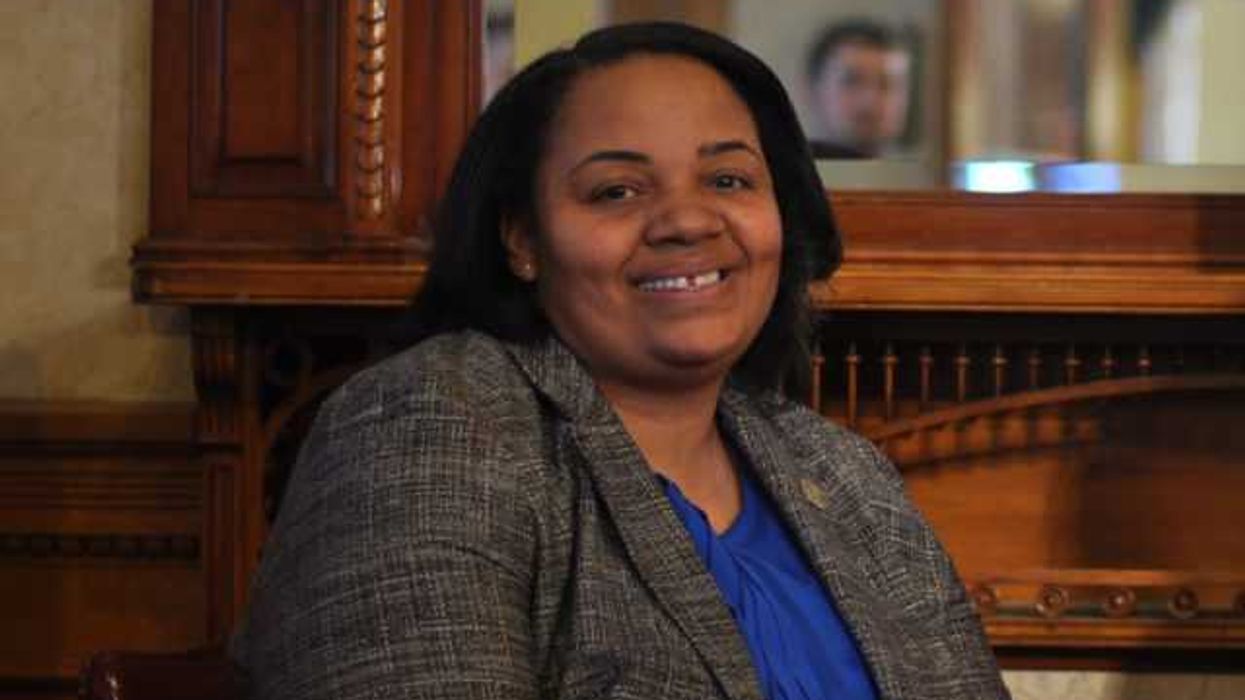The Fulcrum strives to approach news stories with an open mind and skepticism, striving to present our readers with a broad spectrum of viewpoints through diligent research and critical thinking. As best we can, remove personal bias from our reporting and seek a variety of perspectives in both our news gathering and selection of opinion pieces. However, before our readers can analyze varying viewpoints, they must have the facts.
How many jobs are being cut from the Department of Education, and what percentage of the total workforce is that?
The department's staff will be reduced from 4,133 employees to about 2,183 employees. This significant downsizing aligns with broader efforts to restructure the department.
This significant downsizing aligns with broader efforts to restructure the department.
What are the broader efforts to restructure the Department of Education?
The broader efforts to restructure the U.S. Department of Education are part of a larger initiative to reduce federal oversight and shift control to states and local governments. Here are some key aspects of the restructuring:
- Shifting Control to States: The plan emphasizes giving states and local governments more authority over education policies and reducing federal mandates.
- Reducing Federal Bureaucracy: The department's workforce and budget are being significantly downsized, with some functions being transferred to other federal agencies or state governments.
- Restructuring Student Loan Programs: Oversight of federal student loans may be shifted to other agencies, focusing on privatizing loan servicing.
- Scaling Back Civil Rights Oversight: The Office for Civil Rights, which enforces policies on gender and racial equity in schools, is facing reductions in its role.
- Eliminating "Woke" Curriculum Policies: The administration aims to reduce federal influence over school curricula, particularly in critical race theory and social-emotional learning areas.
- Expanding School Choice Initiatives: Federal funding for low-income schools may be reallocated to support school choice programs.
These changes align with longstanding conservative goals to minimize federal involvement in education.
What are the specifics of the plan to restructure Student Loan Programs
The restructuring of student loan programs involves several significant changes:
- Suspension of Income-Driven Repayment Plans: The Department of Education has halted enrollment in four popular income-driven repayments (IDR) plans, including Income-Based Repayment, Pay As You Earn, and the SAVE plan. These plans previously allowed borrowers to make payments based on their income and family size, with the promise of loan forgiveness after 20 or 25 years.
- Privatization of Loan Servicing: Oversight of federal student loans is being shifted to private entities, aiming to streamline operations and reduce federal involvement.
- Elimination of Loan Forgiveness Pathways: The suspension of IDR plans also impacts pathways to loan forgiveness, such as Public Service Loan Forgiveness, leaving borrowers with fewer affordable repayment options.
- Focus on Simplification: The restructuring aims to simplify the repayment process, potentially consolidating multiple repayment plans into fewer options.
These changes are part of broader efforts to reduce federal oversight and align with the administration's goals of minimizing government involvement in education.
Why and how does the Trump Administration want to reduce the Department of Education's Civil Rights oversight?
The Trump administration's efforts to cut back the Department of Education's civil rights oversight are part of a broader initiative to reduce federal involvement in education and shift responsibilities to states. Here's the reasoning and approach behind these changes:
- Reasoning: The administration argues that reducing federal oversight will streamline operations, eliminate what they see as "bureaucratic bloat," and allow states more control over education policies. They believe this approach will lead to more efficient and localized decision-making.
- How It's Being Done:
- Staff Reductions: The Office for Civil Rights, which enforces policies on gender, racial equity, and disability rights in schools, is facing significant staff cuts. This downsizing limits its capacity to investigate and address complaints.
- Policy Changes: The administration has redefined what constitutes discrimination in schools, narrowing the scope of federal intervention. For example, they have rolled back policies related to racial and gender equity and reduced protections for transgender students.
How will changes in the Department of education specifically attempt to limit what they call "Woke Education"
The Department of Education's efforts to limit what they refer to as "woke education" focus on reducing federal funding and support for programs and initiatives tied to diversity, equity, and inclusion (DEI), as well as critical race theory (CRT). Here are some specifics:
- Elimination of DEI Initiatives: The department has dissolved councils and programs dedicated to DEI, such as the Diversity & Inclusion Council, and has removed related resources from its public platforms.
- Cancellation of Grants and Contracts: Over $600 million in grants for teacher training programs that included DEI, CRT, and social justice topics have been terminated. Additionally, $350 million in contracts with organizations promoting equity audits and DEI training have been canceled.
- Policy Revisions: The department has withdrawn its Equity Action Plan and archived guidance documents that promoted DEI or CRT in schools.
- Focus on "Neutral" Education: The administration aims to reorient education policies toward what they describe as "meaningful learning" rather than "divisive ideologies."
These changes are part of a broader push to reduce federal influence over school curricula and align with the administration's priorities.
All data and information were obtained from Copilot, an AI-powered chatbot owned and operated by Microsoft Corporation.
David Nevins is co-publisher of The Fulcrum and co-founder and board chairman of the Bridge Alliance Education Fund




















